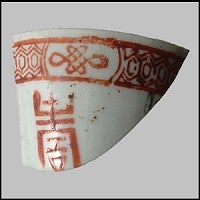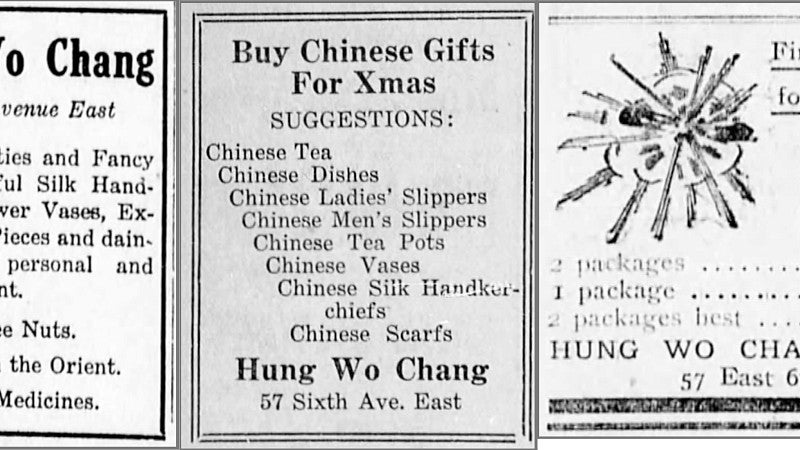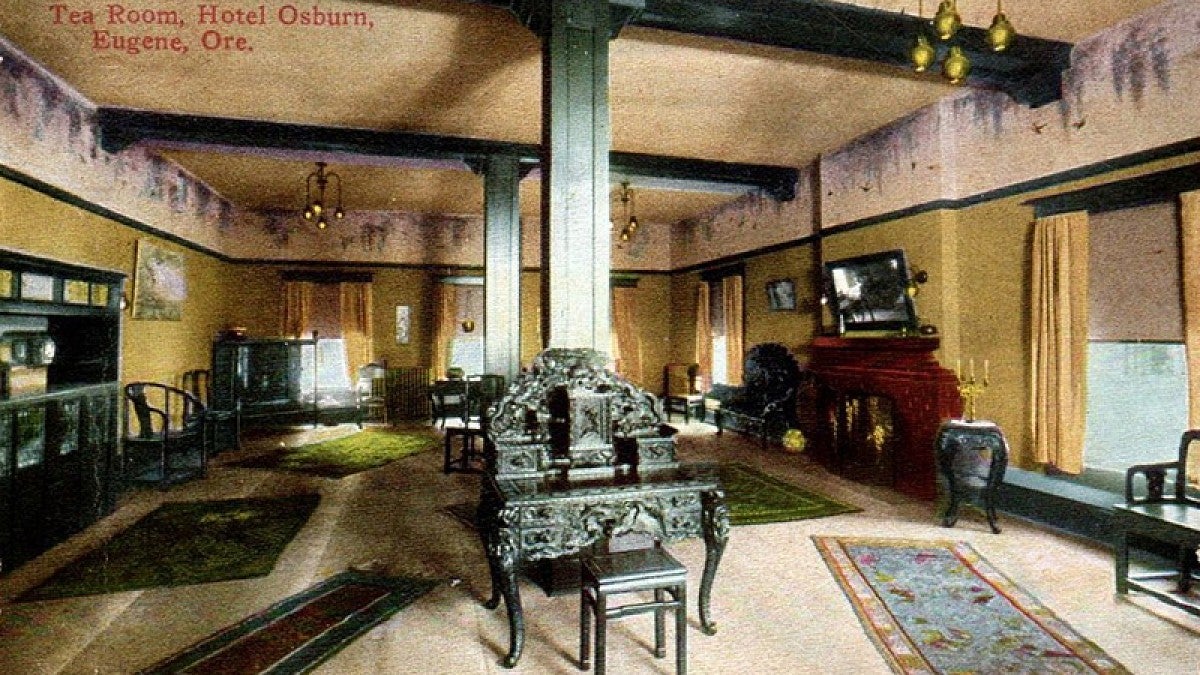Uncovering the past of historically under-represented communities sometimes means having to do a little digging, through newspapers, archives and even the ground.
A new affordable housing construction project in downtown Eugene tapped archaeologists from the Museum of Natural and Cultural History to conduct an archaeological study at the site. Located in Eugene’s downtown commercial core, the project offered what researchers thought were several exciting prospects.

Most exciting to archaeologists, however, was that city directories from the early 20th century listed a Chinese restaurant and Hung Wo Chang & Co. gift shop near the site.
“We expected we might find archeological material based on the Sanborn maps,” said Chris Ruiz, a museum archaeologist working on the project.
As expected, archaeologists were able to identify several artifacts dating back to the early 20th century, including pieces of a Chinese stoneware bowl, a porcelain teacup, three Chinese brown stoneware liquor bottles, and a Japanese porcelain vessel.
“We were really excited when we found the artifacts and we were able to associate the ceramics with businesses in the area,” Ruiz said.
In an article published in Oregon Historical Quarterly’s winter 2021 issue, Ruiz and museum archaeologists Marlene Jampolsky and Jon Krier detail how the artifacts help reveal an untold story of the Chinese diaspora and Chinese American history in Eugene.
“The information was all there,” Ruiz said, “but nobody had really pulled it all together. No archaeologists or historians had really written about these businesses before.”
Museum archaeologists dug into city directories, newspaper archives and historic maps. They weren’t starting from scratch, Ruiz said.
“We had the address, which could point us to the names of the businesses,” he said. “From there, we could do research on the owners and discover who they were and when they lived in Eugene.”

Wing Kee’s father, Jim Westfall, was a prominent figure in the Corvallis and business communities. He attempted to become a U.S. citizen in 1886 but was denied due to the Chinese Exclusion Act. Wing Kee was born in Oregon in 1875 and was registered for the draft, indicating he was a native-born U.S. citizen.
Meanwhile, Eugene was becoming more diverse. Although located on Kalapuya ilihi, the traditional homelands of the Kalapuya people, the city of Eugene was largely Euro-American throughout the late 1800s and early 1900s. Ruiz said there were no records of Chinese people in Eugene before the late 1870s. It was into this environment that Wing Kee moved to Eugene.
By 1911, Wing Kee was the proprietor of the Smeede Hotel Grill, which advertised serving a “Chinese Bill of Fare.” He later opened a restaurant of his own, which newspaper articles often referred to with just his name or as the China Noodle House.
In 1914, Wing Kee opened Hung Wo Chang & Co gift shop on Sixth Avenue, marketing Chinese products to non-Chinese consumers. Marie, Wing Kee’s wife, was listed as the proprietor of the businesses in newspapers and on official city directories in the 1920s.
According to a Eugene Daily Guard article from 1917, the family was involved in the war effort during World War I. The Guard reports that “a volunteer in the food conservation campaign” signed Wing Kee up as a “member of the United States food administration in the war against Germany.” The same article mentions Wing Kee’s wife, Marie, as a Red Cross volunteer who went to “sew for the soldiers.”
In the 1920s, Wing Kee turned the operation of the restaurant over to his wife and relocated to Astoria to start a new business. In 1928, Marie’s move to Astoria was significant enough to get stories in multiple newspapers.
"There’s some hope that archaeology can help illuminate those past lives that are not well-represented in the historical narrative,” Ruiz said. “Eugene has a lot of interesting history pertaining to historically underrepresented communities. We still have a lot to do to uncover those stories.”
—By Lexie Briggs, Museum of Natural and Cultural History
The Museum of Natural and Cultural History is hosting a panel discussion featuring Marlene Jampolsky and Jon C. Krier, two archaeologists who worked on the project, on May 19 at 6 p.m. Visit the museum’s website for more details.


